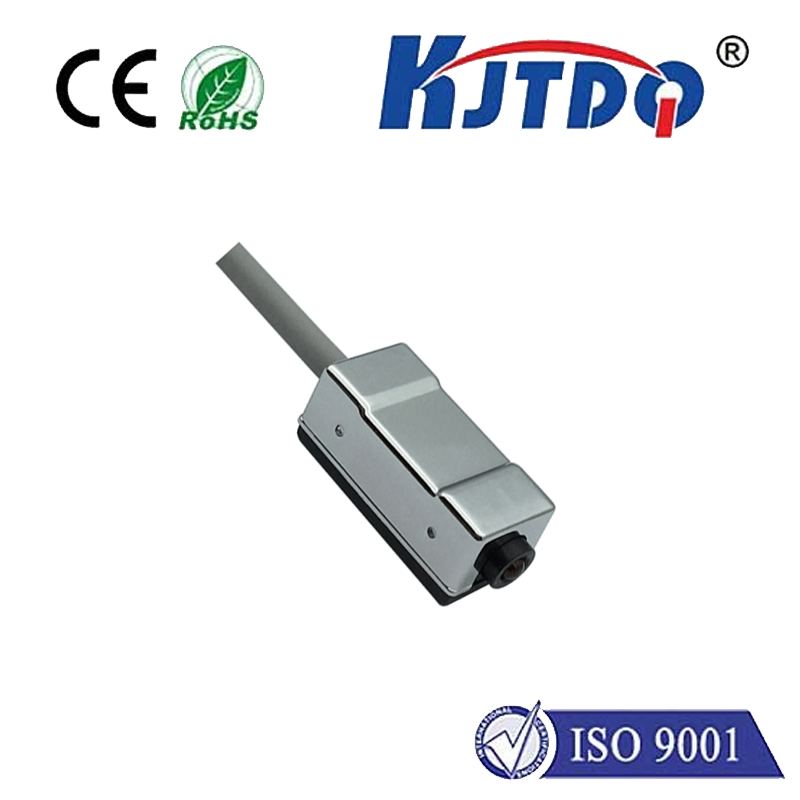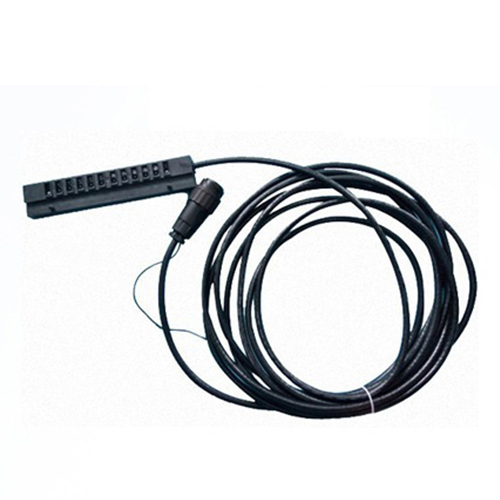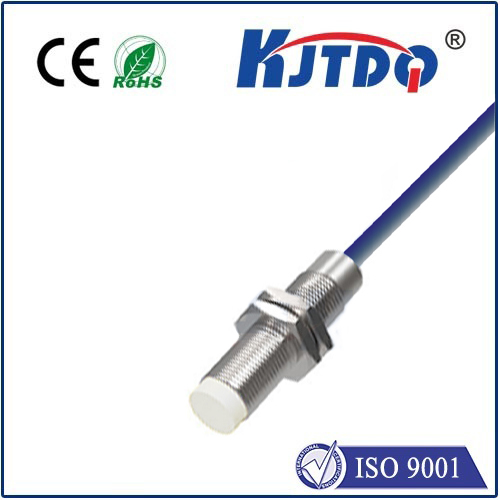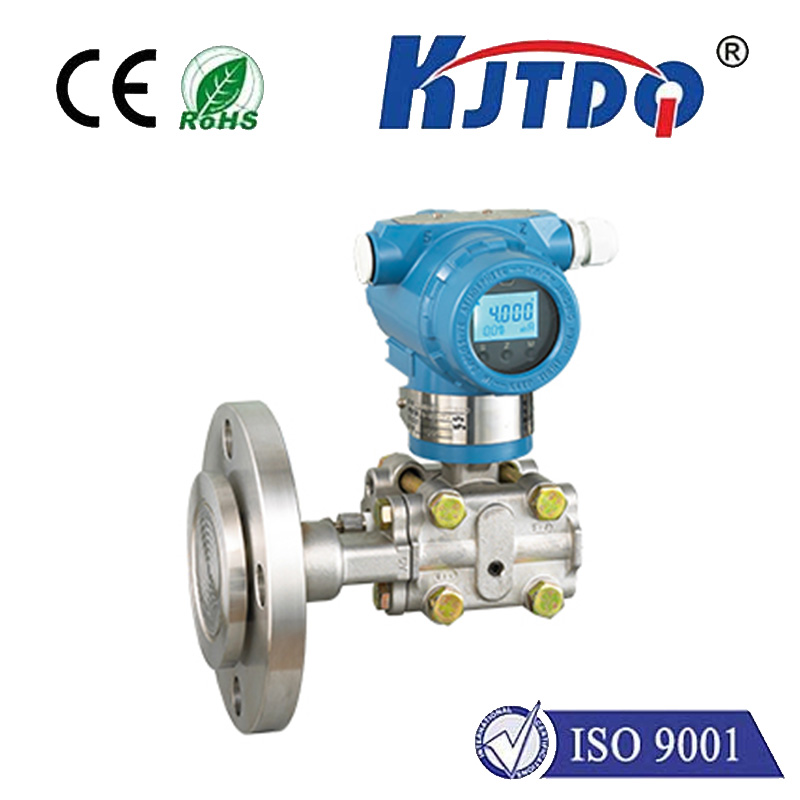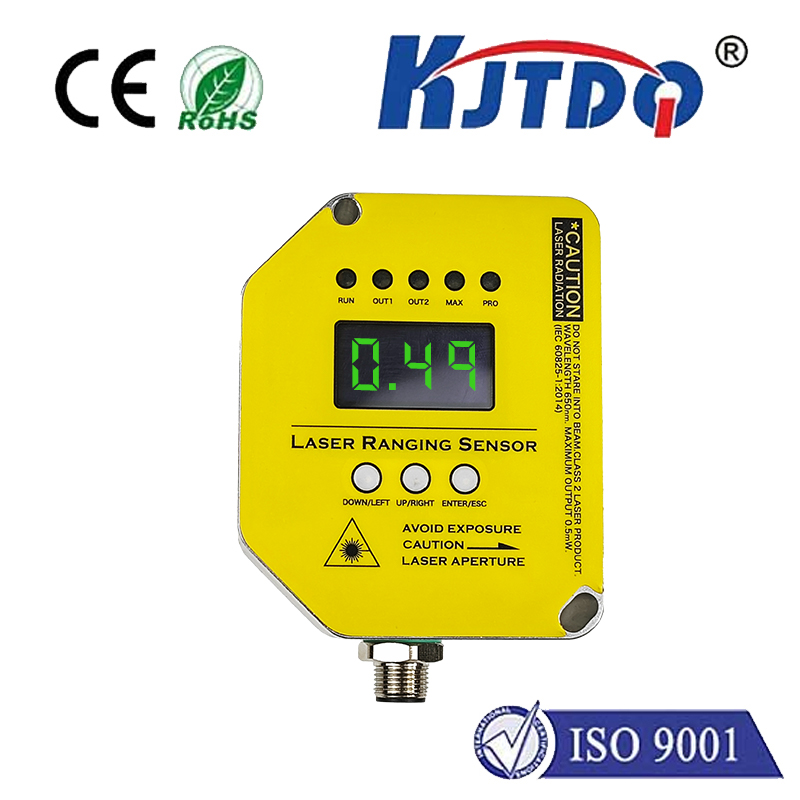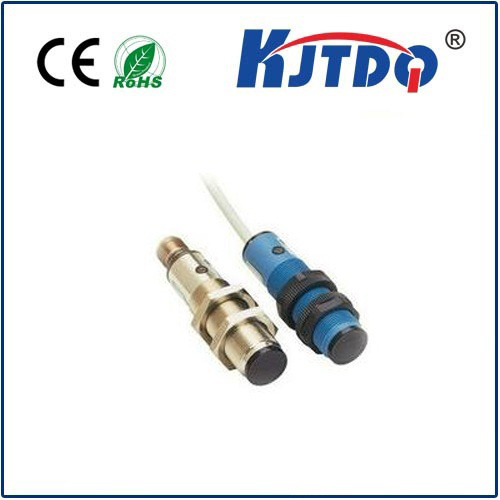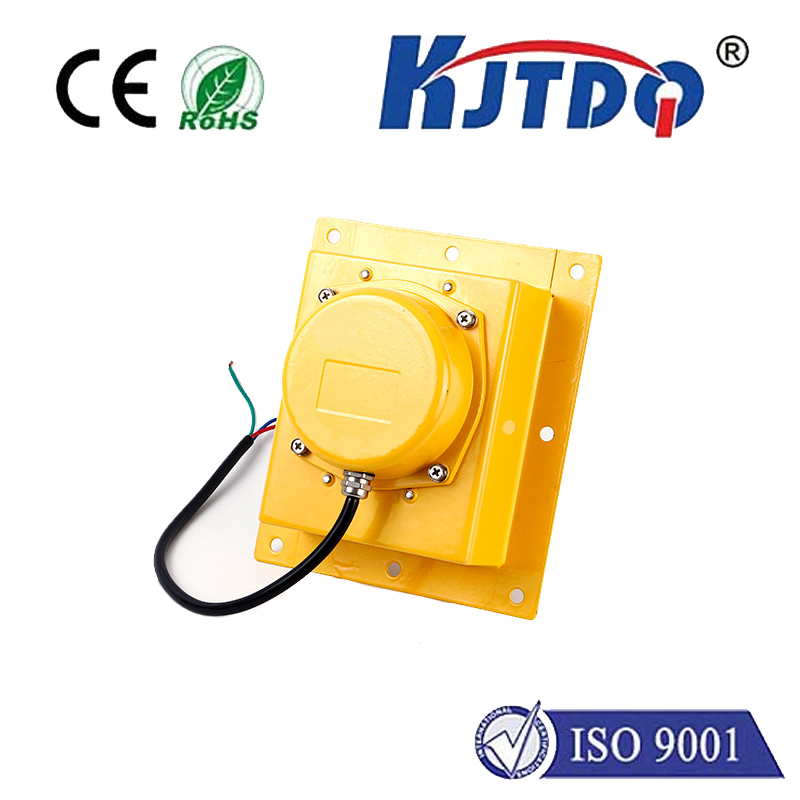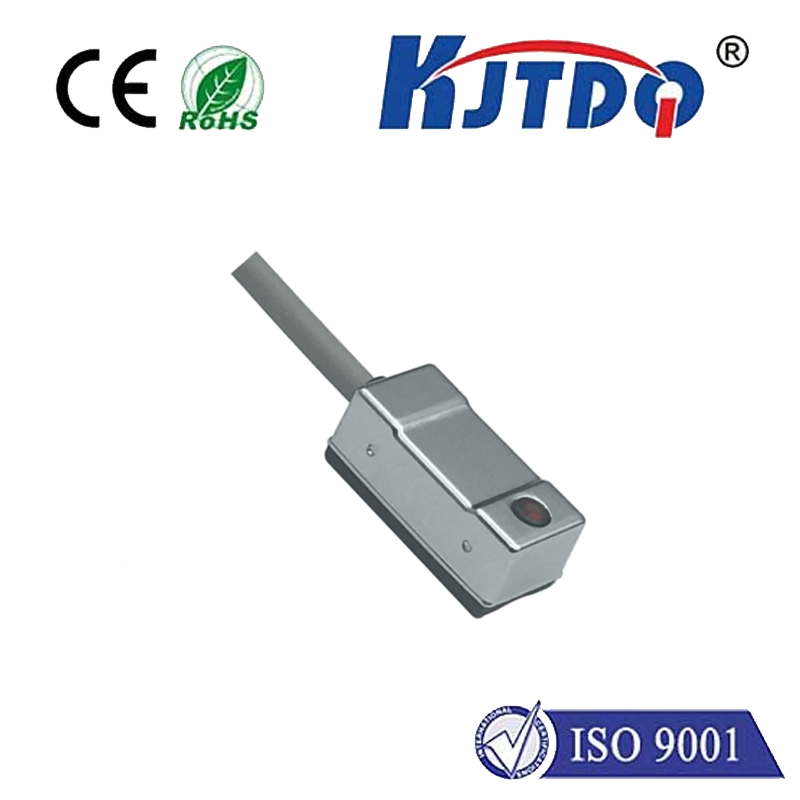mems proximity sensor
- time:2025-06-20 00:09:08
- Click:0
MEMS Proximity Sensors: The Invisible Guardians Enabling Smart Interactions
Imagine this: you lift your smartphone to your ear during a call, and the screen instantly turns off – preventing accidental cheek dials and saving battery. Or, a robotic arm on a factory floor gracefully slows and stops millimeters before colliding with a fragile component. These everyday marvels are powered by an unsung hero: the MEMS proximity sensor. Far from being just a component, this tiny device represents a profound leap in how machines perceive and interact with their immediate physical world. By harnessing the power of Micro-Electro-Mechanical Systems (MEMS), these sensors deliver unparalleled precision and efficiency, fundamentally enabling the responsive, user-friendly, and safe experiences we often take for granted in modern electronics.
Demystifying MEMS: Engineering at the Micro Scale
Before diving into proximity sensing, understanding the foundation is key. MEMS technology involves creating microscopic mechanical structures, sensors, actuators, and electronics on a silicon chip, similar to how integrated circuits are made. These devices range in size from micrometers to millimeters. The magic lies in merging mechanical elements (like tiny cantilevers, membranes, or proof masses) with electronics on a single silicon substrate. This integration allows MEMS devices to translate physical phenomena (movement, pressure, chemical presence, or in this case, the presence of nearby objects) into measurable electrical signals with remarkable sensitivity and speed.
How Does a MEMS Proximity Sensor Actually Work?

At its core, a MEMS proximity sensor detects the presence, absence, distance, or movement of an object without physical contact. While various principles exist (capacitive, infrared (IR), ultrasonic), capacitive sensing is particularly dominant in MEMS implementations, especially within consumer electronics.
- The Capacitive Principle: The sensor creates a small electrostatic field. When an object enters this field, it disturbs the capacitance – the ability to store electrical charge – between the sensor’s electrode(s) and ground. The sensor’s integrated electronics constantly monitor this capacitance.
- Detection Trigger: A significant change in capacitance indicates the presence of an object within the sensor’s effective range. The threshold for what constitutes a “significant” change is calibrated based on the application’s requirements (e.g., detecting a hand vs. a sheet of paper).
- Signal Processing & Output: The MEMS chip processes the raw capacitance change. Sophisticated algorithms filter out noise (like environmental variations) and translate the signal into a clean digital output (e.g., a simple “object near” / “object far” logic signal) or, in more advanced sensors, an analog value proportional to distance.
- Infrared (IR) Option: Some MEMS proximity sensors incorporate an IR LED emitter alongside the detector. The sensor detects infrared light reflected back from a nearby object. Distance is often inferred by the intensity of the reflected light. MEMS technology enables the precise integration and miniaturization needed for these IR-based solutions, commonly found in smartphones for screen blanking.
The Compelling Advantages Driving Ubiquity
Why have MEMS proximity sensors become the de facto choice across countless applications? Their unique blend of attributes solves critical challenges:
- Unmatched Miniaturization: This is arguably the most defining trait. MEMS fabrication allows sensors to be incredibly small and flat – often just a few millimeters square and less than a millimeter thick. This enables integration into space-constrained devices like smartphones, earbuds, wearables, and ultra-thin laptops. The ability to fit powerful sensing capabilities into vanishingly small spaces is revolutionary.
- Ultra-Low Power Consumption: MEMS proximity sensors are masters of efficiency. They can operate with remarkably low quiescent current and often feature sophisticated wake/sleep modes. They activate the main system (like waking a smartphone screen) only when needed, drastically extending battery life in portable devices. Power efficiency is non-negotiable in the era of ubiquitous mobile and IoT devices.
- High Reliability & Robustness: With no moving parts exposed in the capacitive sensing versions (unlike older mechanical switches), MEMS sensors exhibit excellent resistance to wear and tear, shock, and vibration. Their solid-state nature enhances long-term reliability and performance stability.
- Fast Response Time: Detecting proximity changes happens in microseconds. This near-instantaneous response is crucial for applications requiring immediate reaction, such as touchless interfaces or collision avoidance.
- Cost-Effectiveness at Scale: Leveraging semiconductor batch fabrication techniques, MEMS proximity sensors can be produced in vast quantities efficiently, driving down unit costs and making them viable for high-volume consumer products.
- Simplified Integration: Modern MEMS proximity sensors often come as complete, calibrated systems-on-chip (SoC). They incorporate not just the sensing element, but also the drive circuitry, signal conditioning, digital logic, and communication interfaces (like I2C). This high level of integration dramatically simplifies design-in for engineers, reducing development time and bill of materials complexity.
Where the Invisible Magic Happens: Key Applications
MEMS proximity sensors are silently working behind the scenes in countless scenarios:
- Consumer Electronics: The quintessential application. Smartphones use them for display management (ear/proximity detection during calls), enabling Always-On-Display features, and preventing accidental touches in pockets/purses. They control screen wake/sleep in laptops when the lid is opened or closed. They enable intuitive gestures in tablets, smartwatches, and touchless faucets or soap dispensers.
- Automotive: Enhancing safety and convenience. Detecting occupants for optimized airbag deployment and seatbelt reminders. Enabling hands-free trunk opening (“kick to open”). Monitoring driver presence and attentiveness for advanced driver-assistance systems (ADAS). Controlling interior lighting as occupants approach.
- Industrial Automation: Crucial for safety and precision. Providing object detection for robotic arms to prevent collisions. Position sensing in automated machinery. Liquid level detection in tanks. Ensuring operator safety by detecting personnel near hazardous equipment.
- Internet of Things (IoT) & Smart Home: Adding contextual awareness. Detecting human presence for smart lighting, thermostats, and security systems, enhancing efficiency and security. Proximity-based activation in smart appliances. Gesture control for connected devices.
- Medical Devices: Enabling touchless interfaces on equipment to maintain sterility. Detecting user interaction for infusion pumps and diagnostic tools. Monitoring patient presence or position in beds.
The Future Horizon: Evolution and Integration
The journey of MEMS proximity sensors is far from over. We see ongoing trends pushing the boundaries:
- Multimodal Sensing: Integration of proximity sensing with ambient light sensing (ALS), gesture recognition, and even time-of-flight (ToF) capabilities onto a single MEMS chip, providing richer environmental context.
- Enhanced Intelligence: On-chip processing incorporating basic AI for better noise rejection, context-aware detection, and predictive capabilities.
- Improved Range and Resolution: Development of sensors capable of detecting objects at slightly greater distances or differentiating between distances with higher accuracy.
- Multi-Zone Detection: Sensors capable of discerning the direction or specific quadrant from which an object is approaching.
From the smartphone in your pocket to the advanced robot on the factory floor, MEMS proximity sensors are fundamental enablers of intuitive interaction and automated intelligence. Their triumph lies in the seamless fusion of microscopic mechanics and electronics, delivering unparalleled miniaturization, critical power efficiency, and robust, reliable performance. As we demand increasingly smarter, more responsive, and energy-conscious devices, these tiny titans will continue to play an indispensable role, quietly shaping how technology perceives and responds to the physical world around it, one proximity detection at a time.












